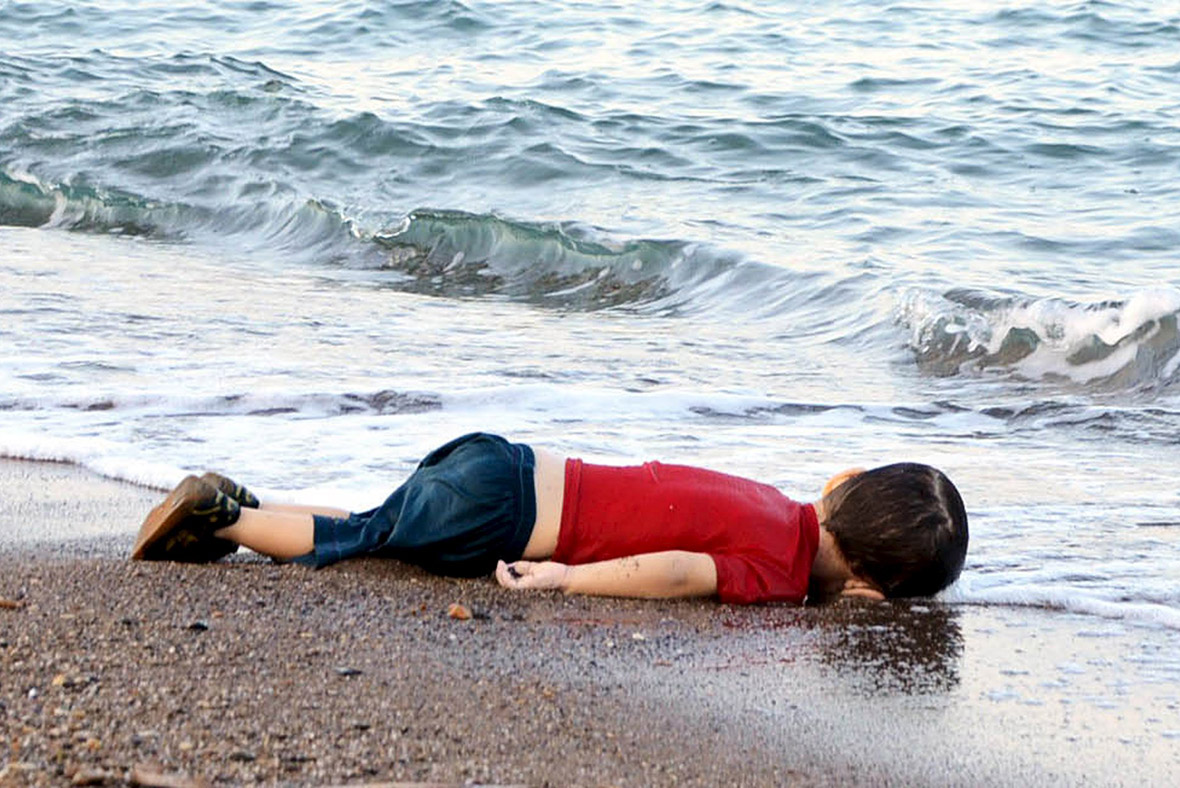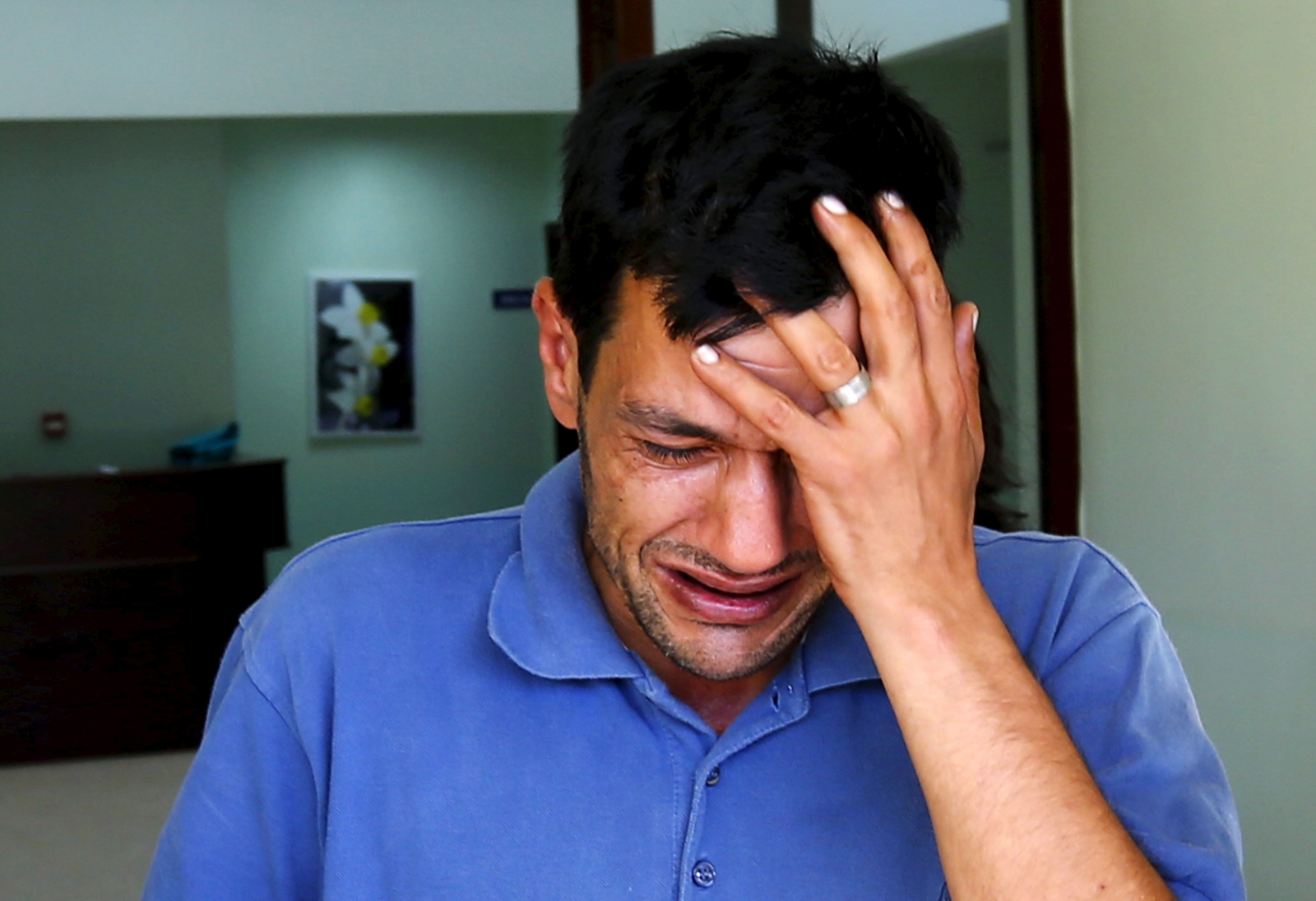EDUCATION LIFE
How to Live Wisely
Imagine you are Dean for a Day. What is one actionable change you would implement to enhance the college experience on campus?
I have asked students this question for years. The answers can be eye-opening. A few years ago, the responses began to move away from “tweak the history course” or “change the ways labs are structured.” A different commentary, about learning to live wisely, has emerged.
What does it mean to live a good life? What about a productive life? How about a happy life? How might I think about these ideas if the answers conflict with one another? And how do I use my time here at college to build on the answers to these tough questions?
A number of campuses have recently started to offer an opportunity for students to grapple with these questions. On my campus, Harvard, a small group of faculty members and deans created a noncredit seminar called “Reflecting on Your Life.” The format is simple: three 90-minute discussion sessions for groups of 12 first-year students, led by faculty members, advisers or deans. Well over 100 students participate each year.

4. In the Core Values Exercise, students are presented with a sheet of paper with about 25 words on it. The words include “dignity,” “love,” “fame,” “family,” “excellence,” “wealth” and “wisdom.” They are told to circle the five words that best describe their core values. Now, we ask, how might you deal with a situation where your core values come into conflict with one another? Students find this question particularly difficult. One student brought up his own personal dilemma: He wants to be a surgeon, and he also wants to have a large family. So his core values included the words “useful” and “family.” He said he worries a lot whether he could be a successful surgeon while also being a devoted father. Students couldn’t stop talking about this example, as many saw themselves facing a similar challenge.
5. This exercise presents a parable of a happy fisherman living a simple life on a small island. The fellow goes fishing for a few hours every day. He catches a few fish, sells them to his friends, and enjoys spending the rest of the day with his wife and children, and napping. He couldn’t imagine changing a thing in his relaxed and easy life.
A recent M.B.A. visits this island and quickly sees how this fisherman could become rich. He could catch more fish, start up a business, market the fish, open a cannery, maybe even issue an I.P.O. Ultimately he would become truly successful. He could donate some of his fish to hungry children worldwide and might even save lives.
“And then what?” asks the fisherman.
“Then you could spend lots of time with your family,” replies the visitor. “Yet you would have made a difference in the world. You would have used your talents, and fed some poor children, instead of just lying around all day.”
We ask students to apply this parable to their own lives. Is it more important to you to have little, accomplish little, yet be relaxed and happy and spend time with family? Or is it more important to you to work hard, use your talents, perhaps start a business, maybe even make the world a better place along the way?
Typically, this simple parable leads to substantial disagreement. These discussions encourage first-year undergraduates to think about what really matters to them, and what each of us feels we might owe, or not owe, to the broader community — ideas that our students can capitalize on throughout their time at college.
At the end of our sessions, I say to my group: “Tell me one thing you have changed your mind about this year,” and many responses reflect a remarkable level of introspection. Three years later, when we check in with participants, nearly all report that the discussions had been valuable, a step toward turning college into the transformational experience it is meant to be.













